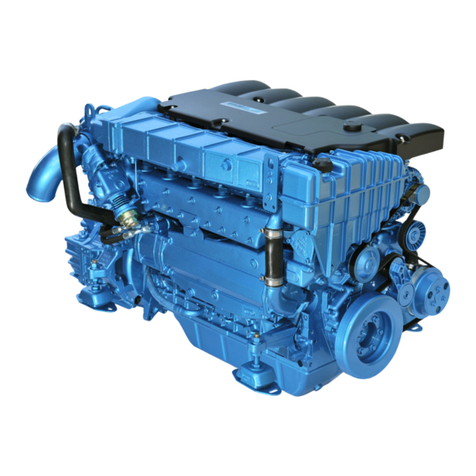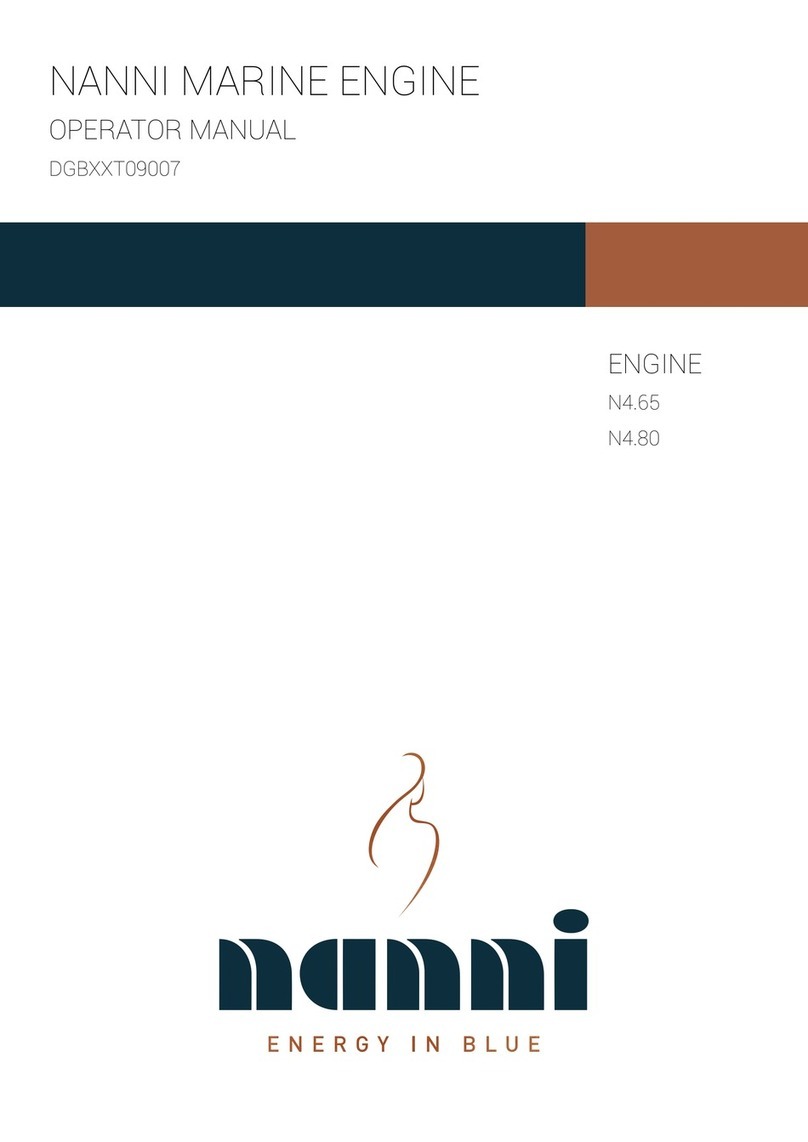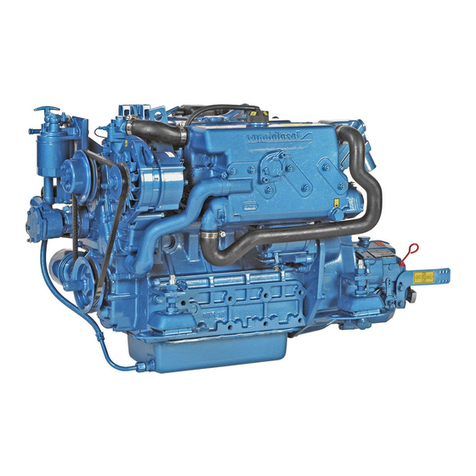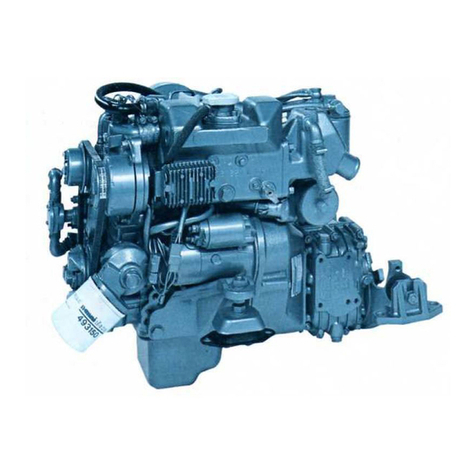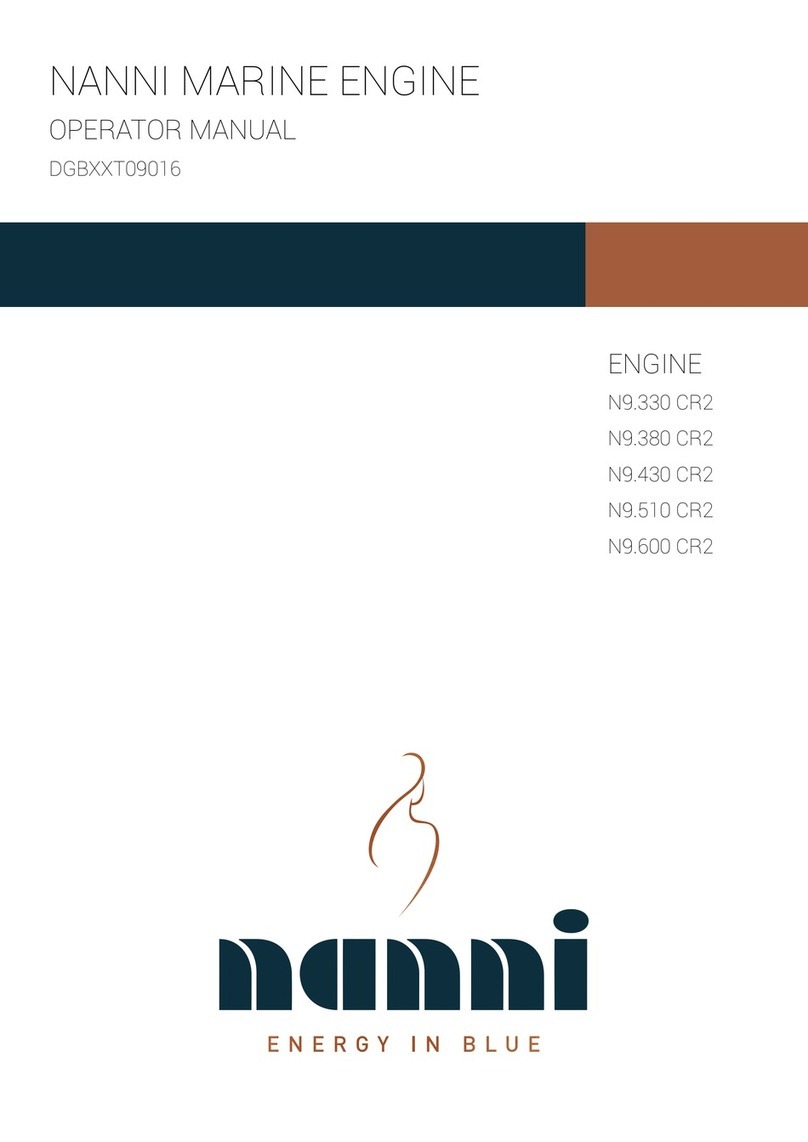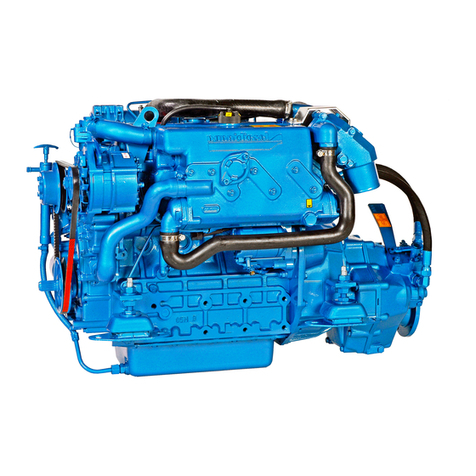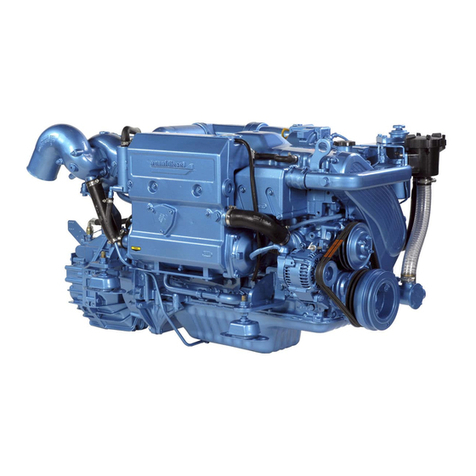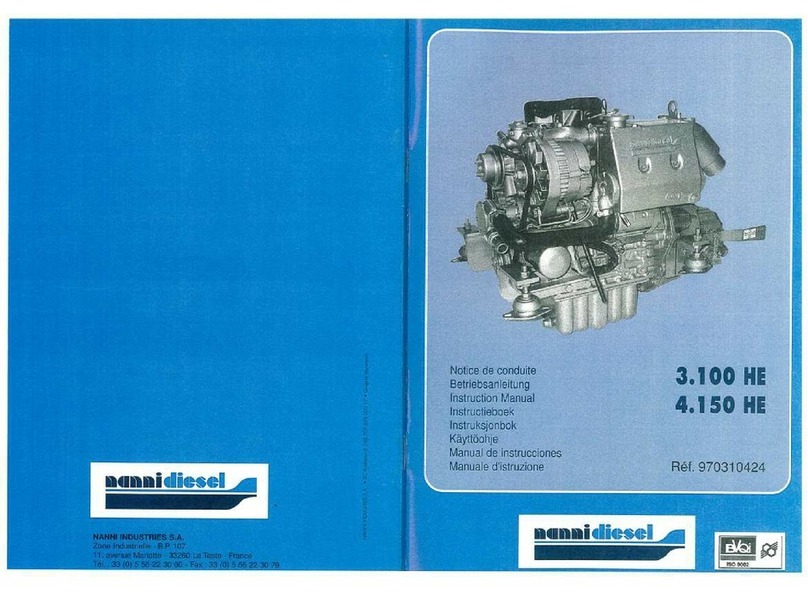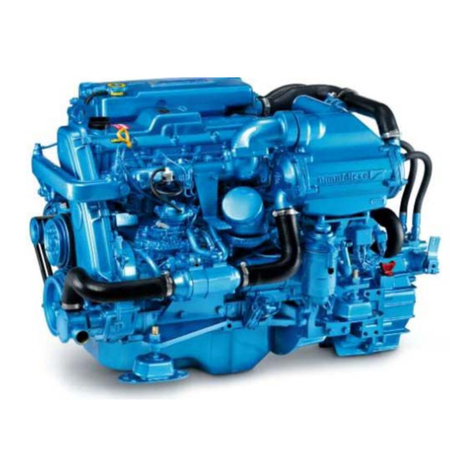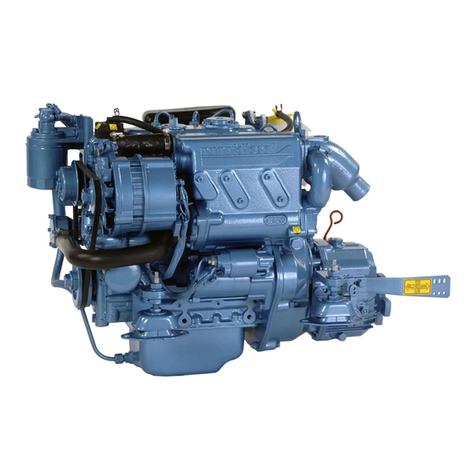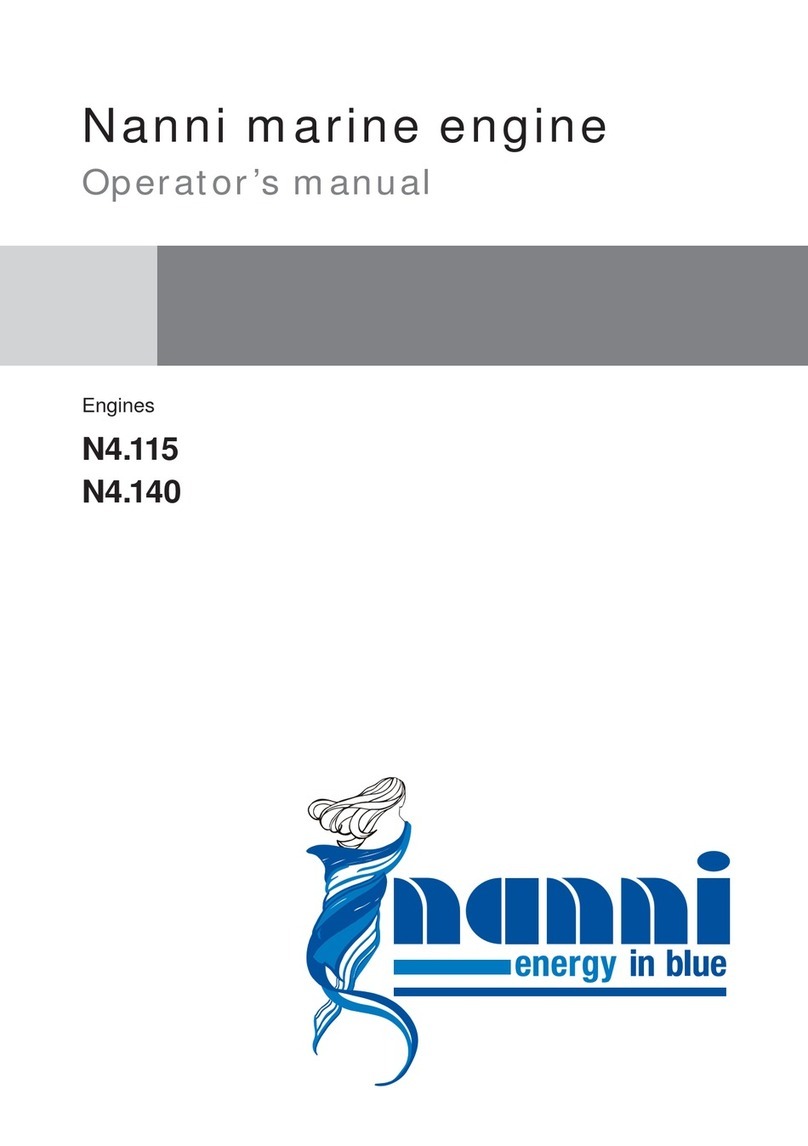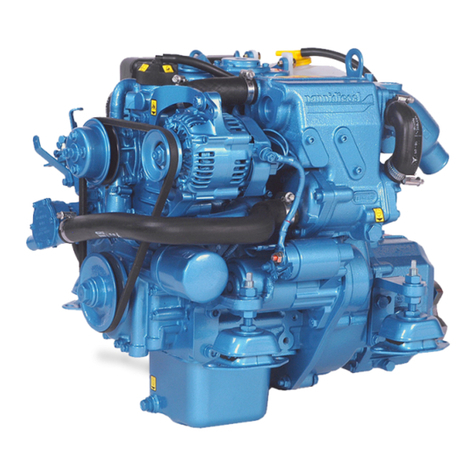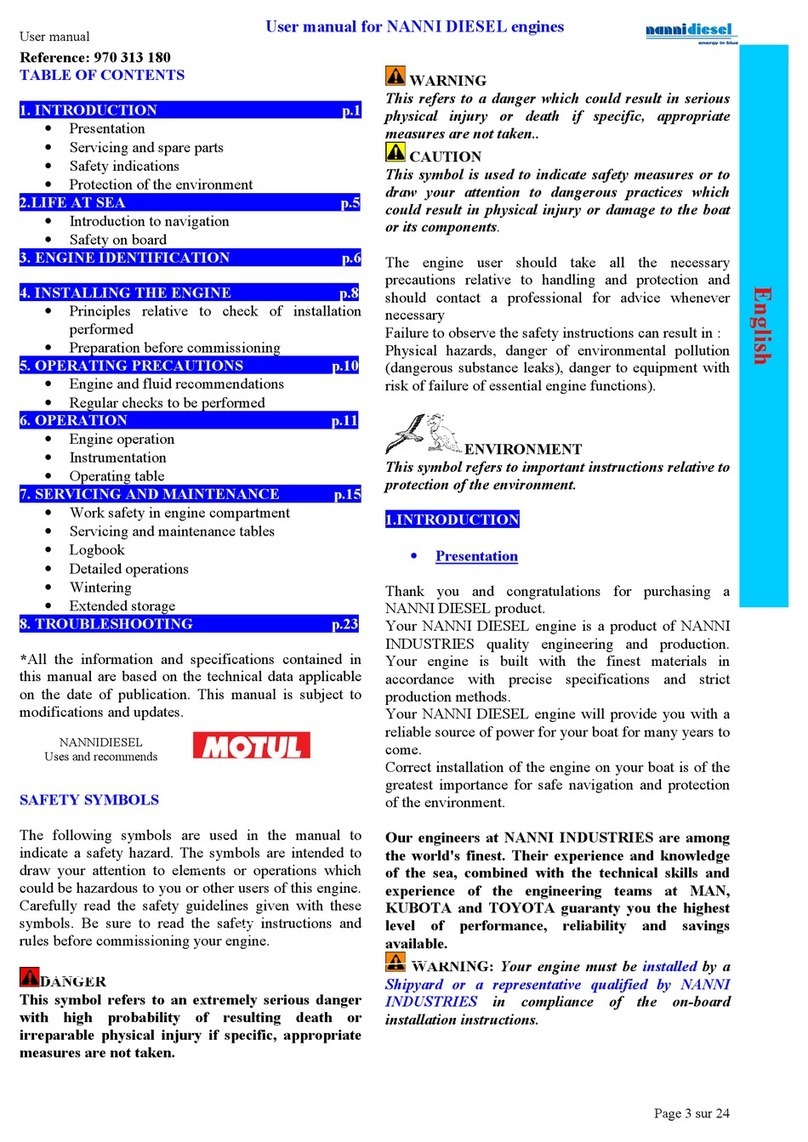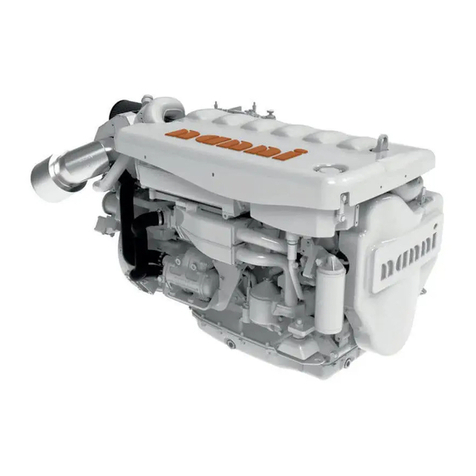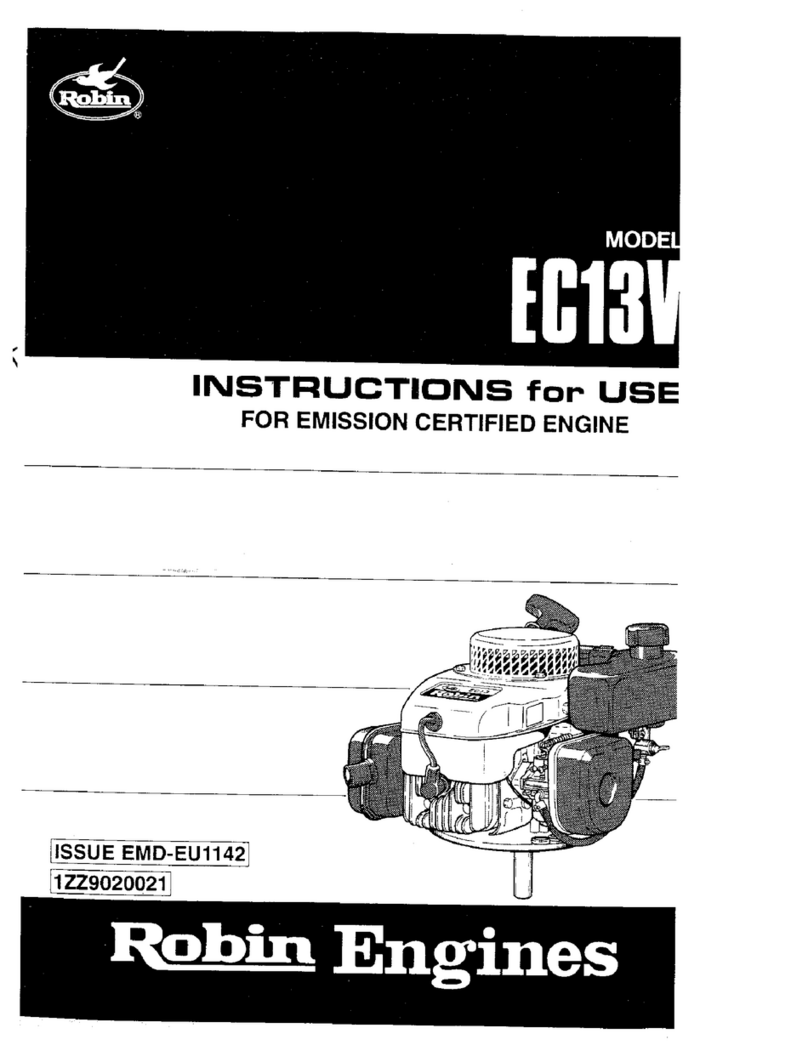
4
03-M Series, WSM SPECIFICATIONS
SPECIFICATIONS
* The specification described above is of the standard engine of each model.
* Conversion Formula : HP = 0.746 kW, PS = 0.7355 kW
W10275180
Model D1503-M D1703-M D1803-M
Number of Cylinders 3
Type Vertical, Water-cooled, 4 cycle diesel engine
Bore ×Stroke 83 ×92.4 mm (3.27 ×3.64 in.) 87 ×92.4 mm (3.43 ×3.64 in.) 87 ×102.4 mm (3.43 ×4.03 in.)
Total Displacement 1499 cm3(91.47 cu.in.) 1647 cm3(100.51 cu.in.) 1826 cm3(111.43 cu.in.)
ISO Net Cont. 20.4 kW / 2800 min-1 (rpm)
(27.4 HP / 2800 min-1 (rpm))
22.4 kW / 2800 min-1 (rpm)
(30.0 HP / 2800 min-1 (rpm))
23.3 kW / 2600 min-1 (rpm)
(31.2 HP / 2600 min-1 (rpm))
ISO/SAE Net Intermittent 23.5 kW / 2800 min-1 (rpm)
(31.5 HP / 2800 min-1 (rpm))
25.7 kW / 2800 min-1 (rpm)
(34.5 HP / 2800 min-1 (rpm))
26.9 kW / 2600 min-1 (rpm)
(36.1 HP / 2600 min-1 (rpm))
SAE Gross Intermittent 24.9 kW / 2800 min-1 (rpm)
(33.4 HP / 2800 min-1 (rpm))
27.4 kW / 2800 min-1 (rpm)
(36.7 HP / 2800 min-1 (rpm))
28.4 kW / 2600 min-1 (rpm)
(38.1 HP / 2600 min-1 (rpm))
Maximum Bare Speed 3000 min-1 (rpm) 2800 min-1 (rpm)
Minimum Bore Idling Speed 750 to 850 min-1 (rpm)
Combustion Chamber Spherical Type (E-TVCS)
Fuel Injection Pump Bosch Type Mini Pump
Governor All speed mechanical governor
Direction of Rotation Counter-Clockwise (viewed from flywheel side)
Injection Nozzle Bosch Throttle Type Mini Nozzle (OPD)
Injection Timing 0.314 rad (18 °) before T.D.C.
Firing Order 1-2-3
Injection Pressure 13.73 MPa (140 kgf/cm2, 1991 psi)
Compression Ratio 23 : 1 22.6 : 1 23.8 : 1
Lubricating System Forced Lubrication by Trochoid Pump
Oil Pressure Indicating Electrical type switch
Lubricating Filter Full flow paper filter (cartridge type)
Cooling System Pressurized radiator, forced circulation with water pump
Starting System Electric Starting with Starter
Starting Motor 12 V, 1.4 kW 12 V, 2.0 kW
Starting Support Device By Glow Plug in Combustion Chamber
Battery 12 V, 60 AH, equivalent 12 V, 88 AH, equivalent
Charging Alternator 12 V, 480 W
Fuel Diesel Fuel No.2-D (ASTM D975)
Lubricating Oil Class CF lubricating oil as per API classification is recommended.
If this class of lubricating oil is not available, preferably use Class CD or CE lubricating oil.
For details on recommended lubricating oils, see page S-17, 20.
Lubricating Oil
Capacity
Oil Pan Depth
90 mm (3.54 in.) 5.6 L (1.48 U.S.gals)
Oil Pan Depth
124 mm (4.88 in.) 7.0 L (1.85 U.S.gals)
Weight (Dry) 148 kg (326 lbs) 151 kg (333 lbs)



